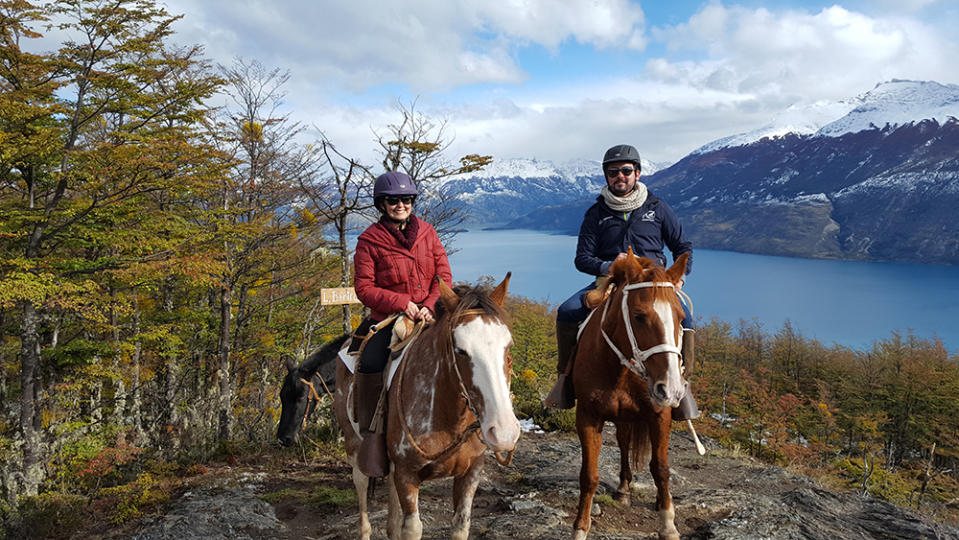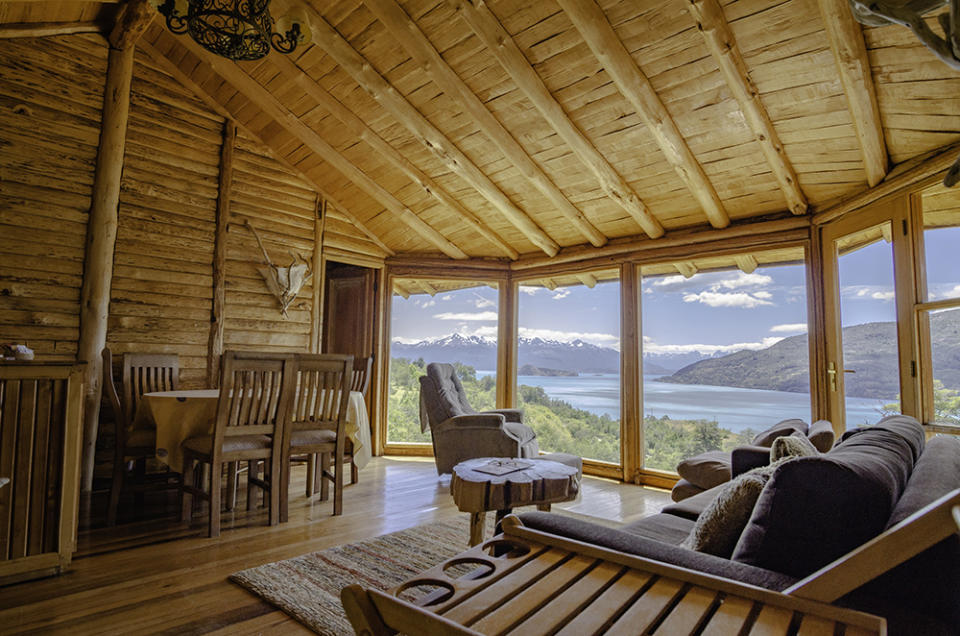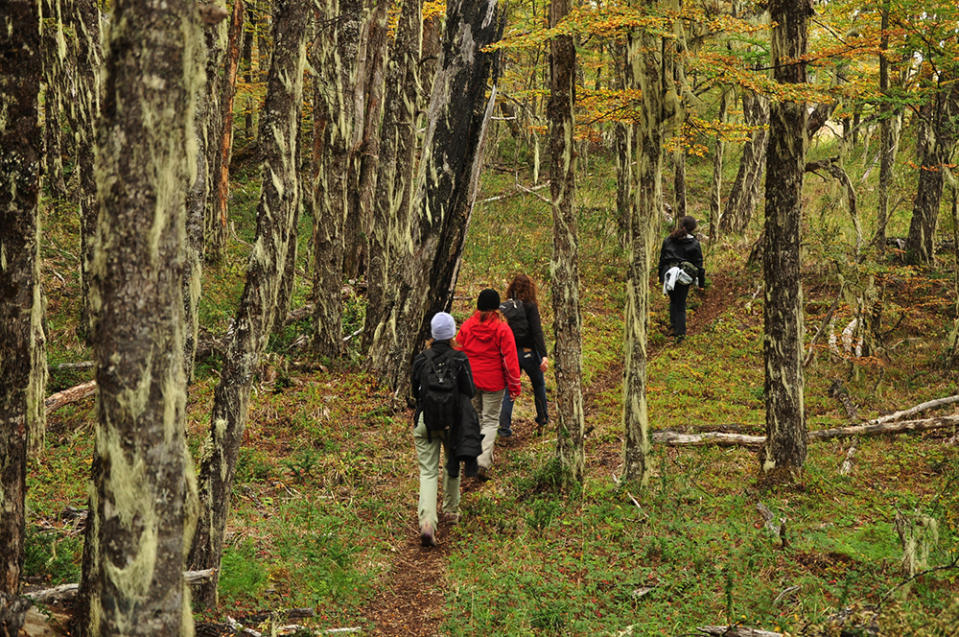How Patagonia’s Rugged and Remote Northern Region Is Luring in the Safari Set

Where do you go once you’ve zipped up the Zambezi, mastered the Masai Mara, and gone ape with the gorillas of Rwanda? Patagonia, apparently.
Southern Patagonia already sees its fair share of tourism since most Antarctic cruises leave from Ushuaia on the Tierra del Fuego archipelago. But now, the remote regions of Northern Patagonia are resonating with travelers who want a more rugged, authentic experience.
More from Robb Report
Zimbabwe's Newest Safari Lodge Lets You Live Among the Lions
How This Winemaker Creates Outstanding Bottles in One of the World's Most Unforgiving Regions
Famous for its wide open spaces, larger-than-life vistas, and its pristine wilderness, Patagonia is a nearly 410,000-square-mile area on the southern tip of South America shared by Argentina and Chile. Argentine Patagonia saw almost 4 million overnight visitors in 2022. Compare that to the two million tourists who visited the entire country of Chile that same year and it’s easy to see why some travelers view parts of Chilean Patagonia as the next frontier.

Extraordinary Journeys is known for its safari itineraries in East Africa and South Africa, but in 2022 and 2023, cofounder and CEO Elizabeth Gordon noticed a significant number of repeat clients now look to their new Patagonia itineraries for their next adventure.
“Unlike Southern Patagonia and the famous W Trek in Torres del Paine, the northern parks aren’t yet crowded with visitors,” she said. “Carretera Austral in particular is still under the radar and unknown to foreign visitors.”
Patagonia National Park—Chile’s newest—exists thanks to Douglas Tompkins, the creator of the billion-dollar outdoor brand the North Face. After falling in love with the area on a six-month road trip through South America in the 1960s, Tompkins began buying up plots of land and farms around Chile’s Aysén Region. He allowed them to lay barren for years as part of a rewilding experiment before donating them to the government. The nonprofit Tompkins Conservation has worked to preserve and rehabilitate native species like the endangered huemel deer, puma, and Andean condor in and around the park.

Tompkins’ former homestead is now the 13-room Explora Lodge, which opened during the pandemic in the heart of the Carretera Austral. Explora is the only property located within the 1,176-square-mile park.
Explora runs on a similar structure to a sustainable luxury safari lodge. Every day, a dedicated expert guide takes out groups on the half-day or full-day excursion of their choice before returning to glass-walled lodge for a communal dining room for dinner. (Its menu was designed by Pablo Jesus Rivero and Guido Tassi of Don Julio.) There’s a cozy common area with attentive staff, wildlife viewing from the lodge, and the need for flashlights to return to rooms after dark.
“We’re just starting to see American tourists. People arrive looking for a sustainable luxury experience that can still be part of nature,” said Gerardo Acha, GM of Explora Patagonia National Park. “Travelers are hearing about it and wondering what’s here, because it’s still so under the radar.”
Like with many traditional safari itineraries, visitors to Patagonia often travel to several spots in the mountainous region either overland or on a small plane. The area is enormous and logistics get complicated, which is why many travelers book with tour companies.

“Chile and Argentina are well set up for backpackers or people on very long trips, but weren’t set up for the US style of traveling where people want some luxuries with efficiency and not everyone is on the same circuit,” said Gordon.
The rustic chic Mallin Colorado Ecolodge along the General Carrera Lake is near to two of Northern Patagonia’s biggest draws: the Exploradora Glacier and the Marble Caves. Communal lounges overlooking the lake, gourmet group dinners, and a total lack of cell phone service give it a safari feel. Visitors here need a guide, because English is not widely spoken and some of the roads require expert four-wheel driving.
There’s also the eco-tourism component, which attracts nature-focused travelers to properties similar to many African safaris. Patagonia is for active travelers who enjoy being outdoors. People who want passive entertainment won’t do well there. But the lack of crowds has given it a good head start in environmentally friendly tourism initiatives.
Thanks to the work of the Tompkins, Chile has a variety of new, relatively unexplored national parks. Safari vets looking for something new can still be some of the first to travel there for the time being.
Best of Robb Report
The Ultimate Miami Spa Guide: 15 Luxurious Places to Treat Yourself
The 7 Most Insanely Luxurious Spas in the World, From Tokyo to Iceland
17 Reasons the Caribbean Should Be at the Top of Your Travel Itinerary
Sign up for Robb Report's Newsletter. For the latest news, follow us on Facebook, Twitter, and Instagram.

